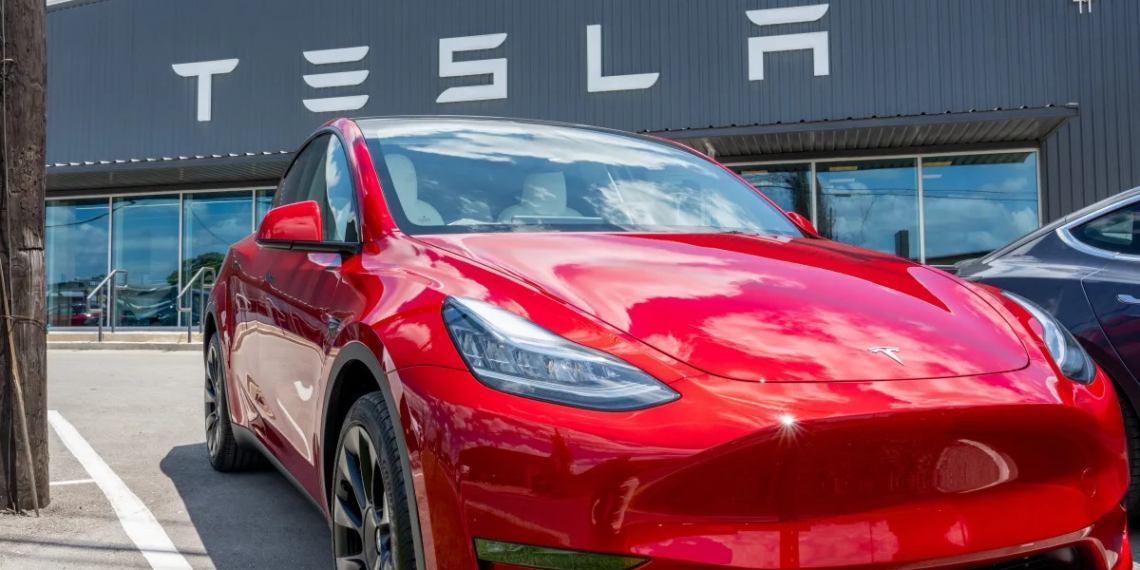Tesla is set to report its lowest profit margins in over five years for the second quarter, due to the impact of aggressive pricing strategies and incentives to boost sales.
CEO Elon Musk is anticipated to focus on the company’s future in self-driving technology and robotaxi services to differentiate Tesla from its competitors and drive investor enthusiasm.
Over the past two years, Tesla has implemented various discounts, price cuts, and financing incentives to clear inventory and maintain sales momentum. These measures, however, have put pressure on the company’s margins.
In April, Tesla announced a workforce reduction, cutting 10% of its global staff as part of its cost-management efforts.
The upcoming earnings report is expected to reveal a decline in Tesla’s automotive gross margin, excluding regulatory credits, to approximately 16.27% for the April-June period.
This would mark the lowest margin since early 2019, continuing a downward trend from 16.36% in the first quarter of this year and 18.14% in the same period last year.
Per Reuters, it’s been suggested that the financial impact of Tesla’s discounted financing offers will be felt over time, gradually affecting margins throughout the loan periods.
Reports also reveal predictions that margins could stabilise by the end of the year and begin to recover in 2025, coinciding with the production ramp-up of the Cybertruck.
Elon Musk had planned to unveil Tesla’s robotaxi on August 8 but recently disclosed a delay until October to incorporate design changes.
The robotaxi, a huge innovation, could enhance Tesla’s market position if it succeeds in overcoming technical and regulatory challenges.
Despite competition from companies like BYD in China, Tesla’s extensive fleet of vehicles that can potentially be converted to robotaxis gives it a competitive edge in the U.S. market.
However, experts caution that fully autonomous vehicles may still be years away from gaining regulatory approval.
Investors are keenly awaiting details on Tesla’s self-driving technology strategy. Some believe Tesla’s Full Self-Driving (FSD) system could eventually be licensed to other manufacturers, although regulatory and technical hurdles remain significant.
In April, Tesla announced its focus on introducing new models by early 2025 using existing platforms and production lines. This aims to facilitate development and reduce costs.
Tesla’s delivery numbers for the second quarter exceeded analyst expectations, although they were 5% lower than the previous year. The company needs to deliver nearly one million vehicles in the second half of the year to match its 2023 record of 1.81 million vehicles.
Analysts predict modest delivery growth for the full year and anticipate a 15% increase in 2025.






